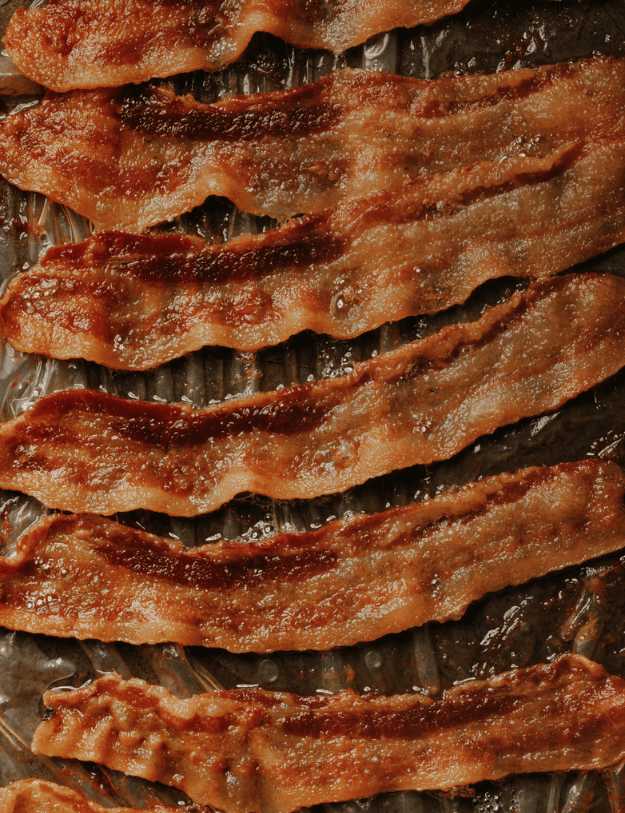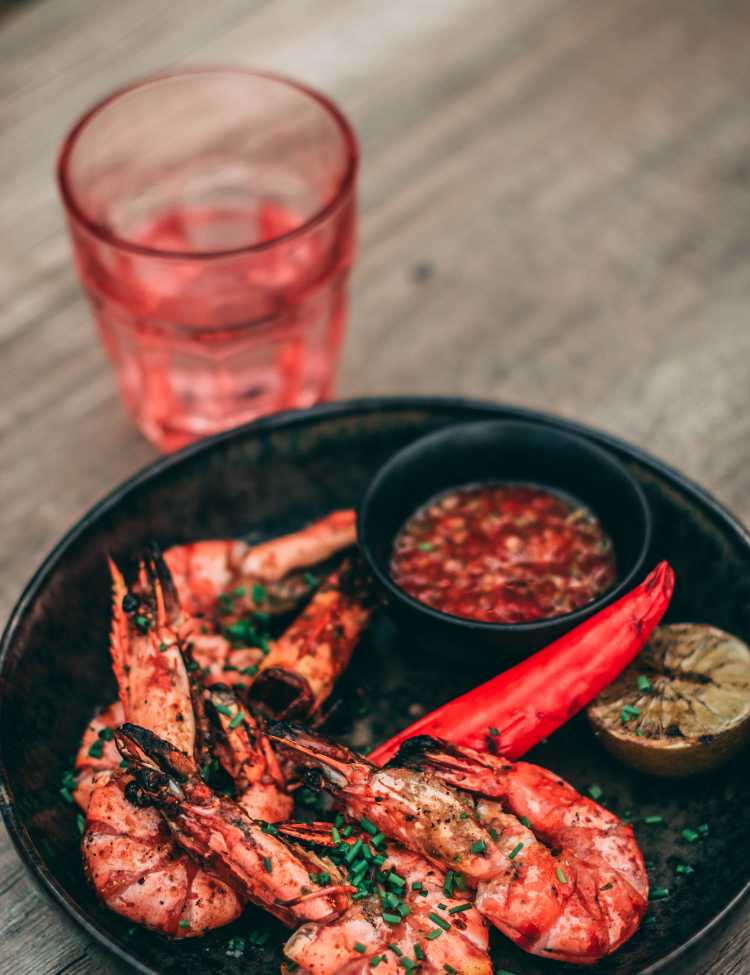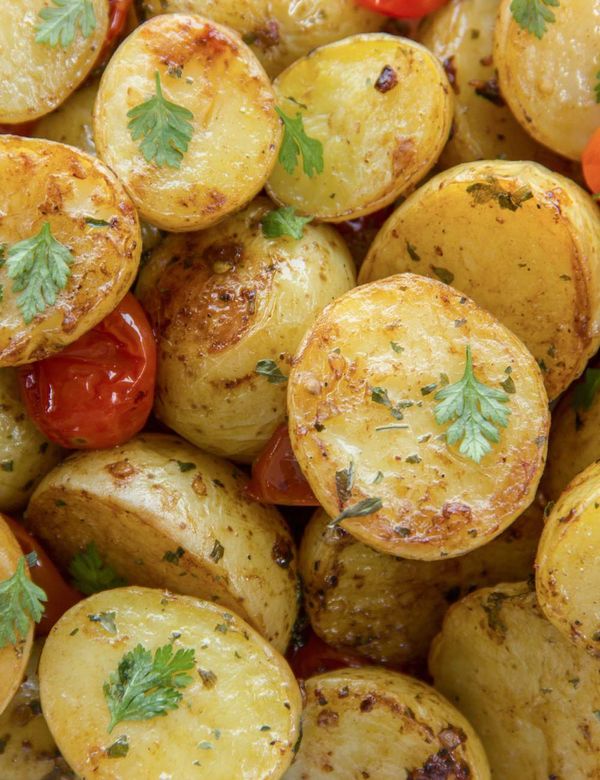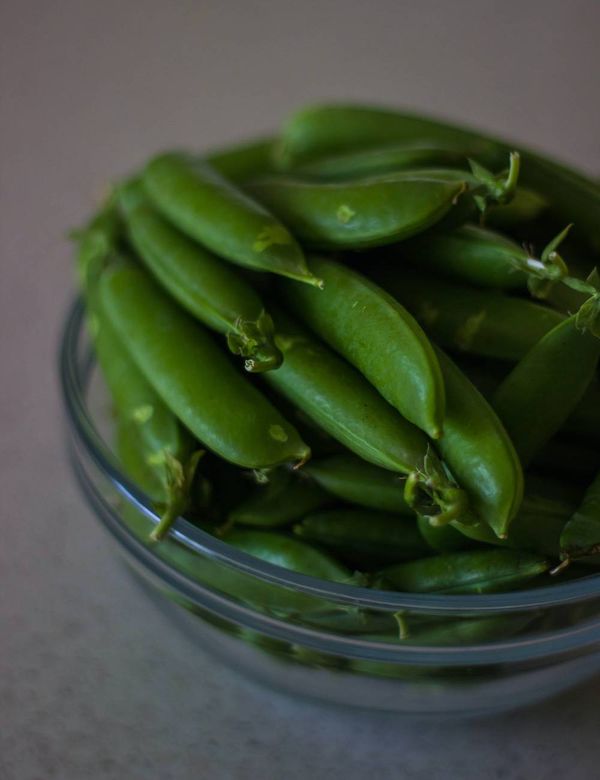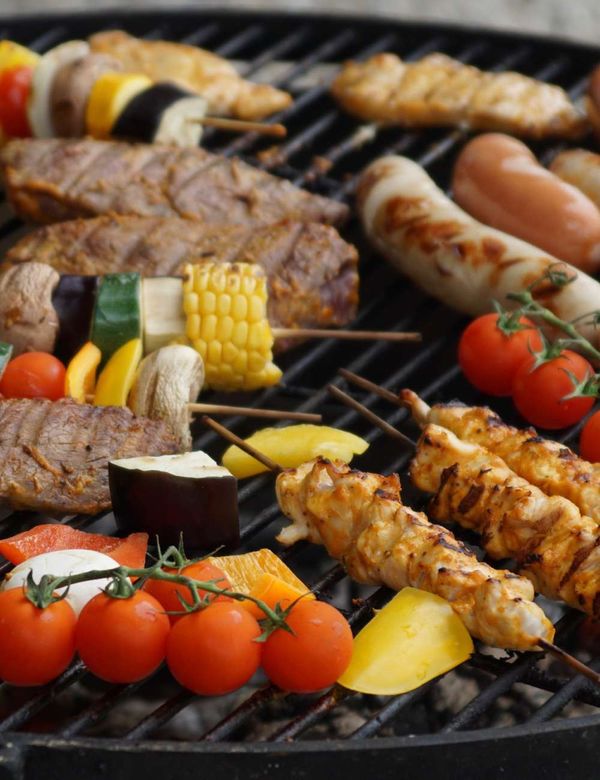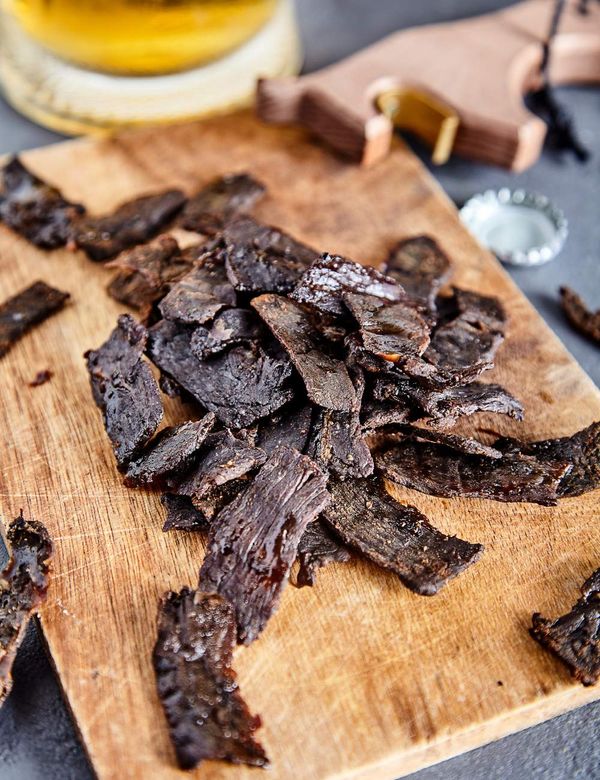Ready to become a turkey bacon pro?
We’re here to help you take your turkey bacon cooking skills up a notch.
Our guide provides all the tips and tricks necessary for mastering the perfect texture, flavor, and crispness every time.
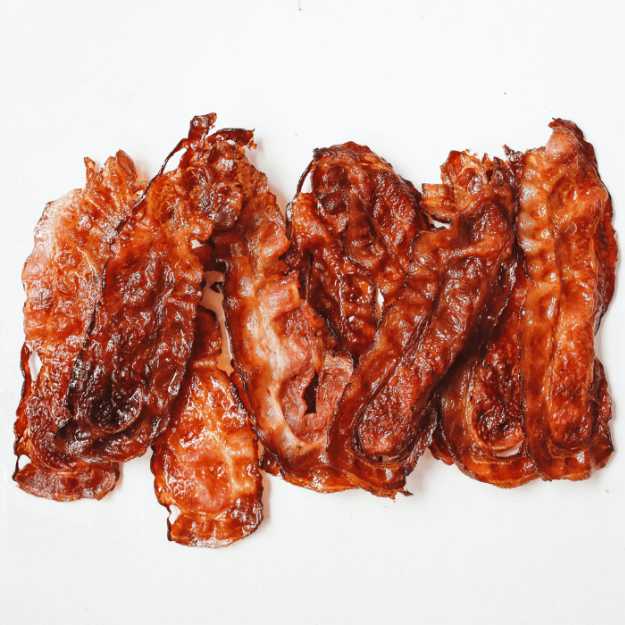
You’ll learn step-by-step instructions that will get you on your way toward becoming an expert in no time.
Take yourself from mediocre to wow with our easy-to-follow guide!
Never worry about dry or soggy turkey bacon again - get ready for perfectly cooked deliciousness each and every time.
Read our Guide today on the best way to cook turkey bacon and start your journey towards amazing turkey bacon cooking!
Key Points
- Choose your cooking method, either oven or pan & add your choice of seasoning
- Cook until golden brown and crispy in the frying pan or roughly 400 degrees in the oven
- Take out and enjoy a healthier snack!
Introduction To Turkey Bacon
When it comes to breakfast, bacon is a staple in many households.
However, for those who are looking to cut down on their pork consumption or for those who do not eat pork at all, turkey bacon offers a delicious alternative.
Turkey bacon is made by using turkey meat instead of pork belly. The meat is seasoned and then sliced into thin strips, just like traditional bacon.
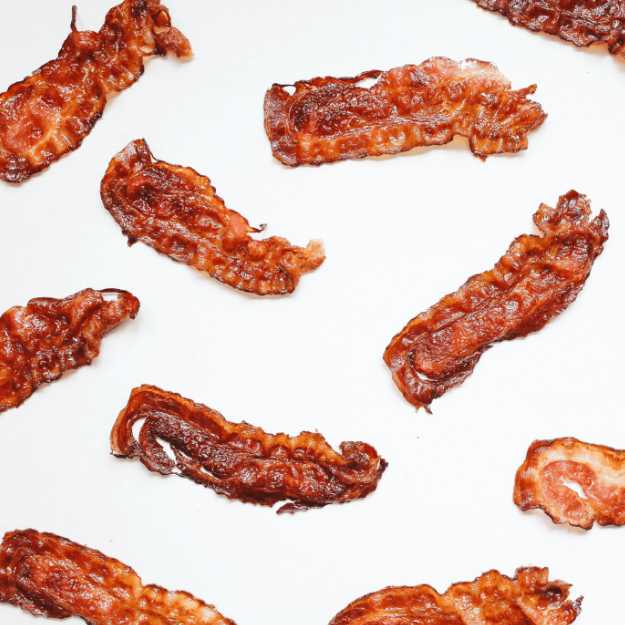
While it may not have quite the same flavor as regular bacon, turkey bacon is a tasty substitute that can be used in many of the same ways.
So, next time you're in the mood for bacon, consider giving turkey bacon a try!
Choosing the Right Turkey Bacon for Your Dish
When it comes to selecting turkey bacon for your dish, there are several factors to consider that could make or break your recipe.
First, the thickness of the turkey bacon can have a significant impact on the flavor and texture of your dish.
Thicker cuts will have a chewier texture, while thinner cuts will crisp up more quickly.
Additionally, consider the saltiness level of the turkey bacon. Some brands such as Oscar Meyer Turkey bacon may be heavily salted, which could overpower the other flavors in your dish.
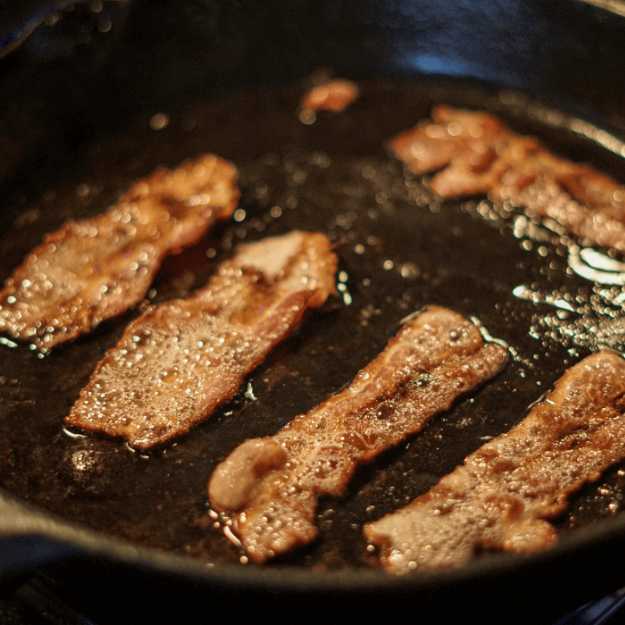
Lastly, take into account any seasonings or spices that may be added to the turkey bacon.
These can add great depth and complexity to your dish but will affect the overall flavor profile.
So, before reaching for the first package of turkey bacon you see, take a moment to consider the details and choose the right one for your dish.
Seasoning Tips For Flavorful Turkey Bacon
Seasoning can elevate the taste of turkey bacon and make it a staple in any breakfast.
While it may seem like a simple task, seasoning turkey bacon requires a bit of know-how.
For starters, opt for seasonings that complement the salty flavors of turkey bacon such as black pepper, smoked paprika, and garlic powder.
It's also important to note that a little goes a long way when seasoning turkey bacon.
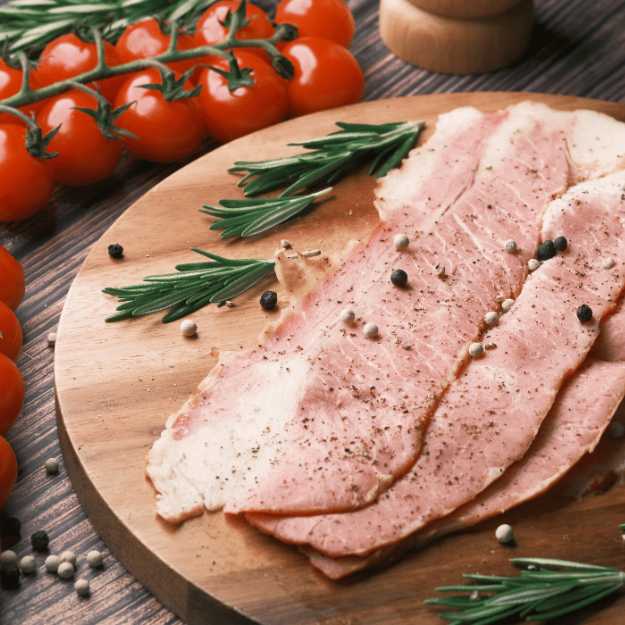
Use a small amount of seasoning, and then taste as you go to avoid over-seasoning.
Lastly, don't shy away from experimenting and creating unique flavor profiles. Add some cumin for a hint of spice or some rosemary for a subtle herby taste.
With these seasoning tips, you can enjoy flavorful turkey bacon every time.
The Best Ways To Cook Your Turkey Bacon
Turkey bacon can be cooked in a few different ways, but the two most common methods are in a frying pan or the oven.
Both methods will yield delicious results, but depending on the desired texture and flavor of your dish, one method may be better than the other.
So let's get into the two different methods for cooking the perfect turkey bacon.
Turkey Bacon In The Oven
If you want to cook turkey bacon healthy baking turkey bacon in an oven is a great choice for several reasons.
First and foremost, a baked turkey bacon recipe is a healthier option since it allows the excess fat to drip off and not be absorbed by the bacon.
Additionally, oven-baked turkey bacon provides an even cook throughout and eliminates the risk of one side being overcooked or undercooked.
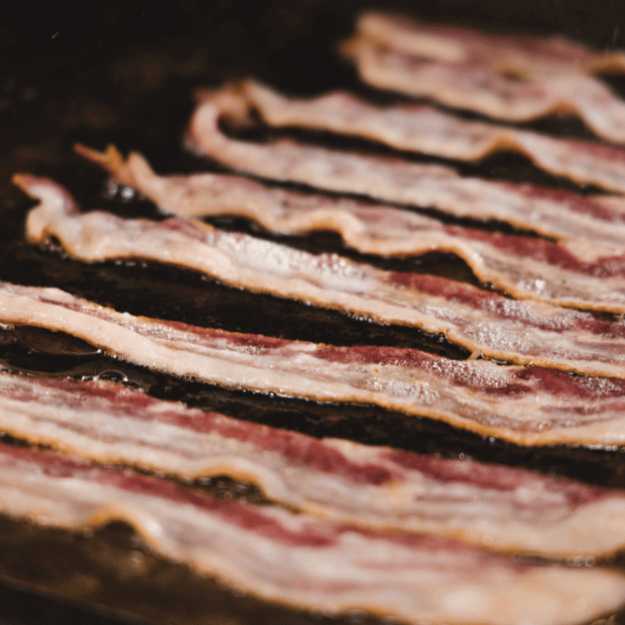
It also eliminates the need for constant attention and flipping, freeing you up to prep other parts of your meal or simply enjoy your morning coffee.
Finally, cooking turkey bacon in an oven is an efficient and convenient option as it can be cooked in large batches, making it perfect for feeding a crowd or meal prepping for the week.
All things considered, cooking turkey bacon in an oven is a smart and practical choice.
Step 1: Preheat Your Oven
Before you start cooking your turkey bacon, it's important to preheat your oven to 400°F. This will ensure that your bacon cooks evenly and crisps up nicely.
Step 2: Line a Baking Sheet with Parchment Paper
Next, line a baking sheet with parchment paper. This will help prevent the turkey bacon from sticking to the pan and make for easier clean-up.
Step 3: Cook Your Turkey Bacon
Line turkey bacon slices on the baking sheet, making sure they are not touching each other.
Place the baking sheet in the preheated oven and cook for 10-15 minutes, depending on how crispy you like your bacon. Keep an eye on the bacon to make sure it doesn't burn.
Once done, remove the bacon from the oven and let it cool for a few minutes before serving.
And that's it! This simple method to bake turkey bacon in the oven is a great way to get delicious and crispy bacon without all the grease. Enjoy!
Turkey Bacon In The Frying Pan
If you're looking for a healthier alternative to traditional bacon, turkey bacon may be the way to go.
Not only is turkey bacon leaner with fewer calories and less fat, but it's also a great option for those with dietary restrictions, such as those following a halal or kosher diet.
When it comes to cooking turkey bacon, it's important to keep in mind that it cooks differently than regular bacon.
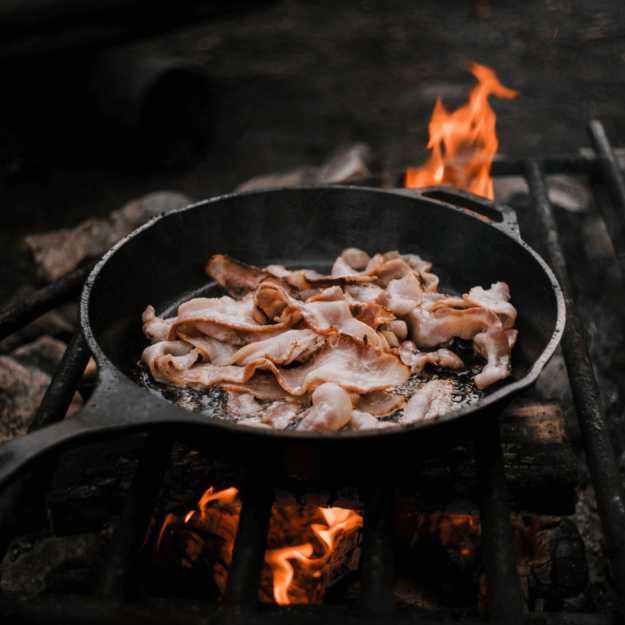
As such, cooking it in a frying pan is a great choice because it allows for even heating and crisping.
Plus, frying pan cooking allows for more customization in terms of how crispy or chewy you like your bacon.
So, if you want a delicious and healthier alternative to traditional bacon, give turkey bacon a try in a frying pan.
Step 1: Heat The Frying Pan
Preheat the frying pan: Place the frying pan on the stove and turn the heat to medium-high.
Add a tablespoon of olive oil and a tablespoon of butter to the pan and let them heat up for a minute or two until the butter has melted.
Step 2: Add The Bacon
Add the turkey bacon to the pan: Once the butter and olive oil is hot, place the turkey bacon slices in the pan, making sure they are not overlapping.
Leave them to cook for 2-3 minutes on one side.
Step 3: Flip The Bacon
Flip and cook until crispy: Once the bacon starts to curl up at the edges and turns brownish, use a pair of tongs to flip them over.
Cook for another 2-3 minutes on the other side or until both sides are crispy to your liking.
Once done, remove the bacon from the pan and onto a paper towel-lined plate to absorb any excess grease.
Adding butter and olive oil to the pan can help add extra flavor and prevent the bacon from sticking to the pan.
Make sure to keep an eye on the bacon as it cooks, as it can go from crispy to burnt quickly.
And there you have it, a simple and easy guide to cooking crispy turkey bacon in a frying pan with butter and olive oil!
Enjoy your delicious and flavorful turkey bacon.
Tips for Avoiding Splatter and Mess
Cooking bacon can create quite a mess if you're not careful. Grease splatters can leave your stove, countertops, and clothing stained and difficult to clean.
Fortunately, there are several easy steps you can take to avoid mess and splatter when cooking bacon.
One simple tip is to lay the bacon flat in the pan instead of letting it bunch up, this can prevent it from spattering as much.
Another option is to cook the bacon in the oven on a wire rack over a baking sheet.
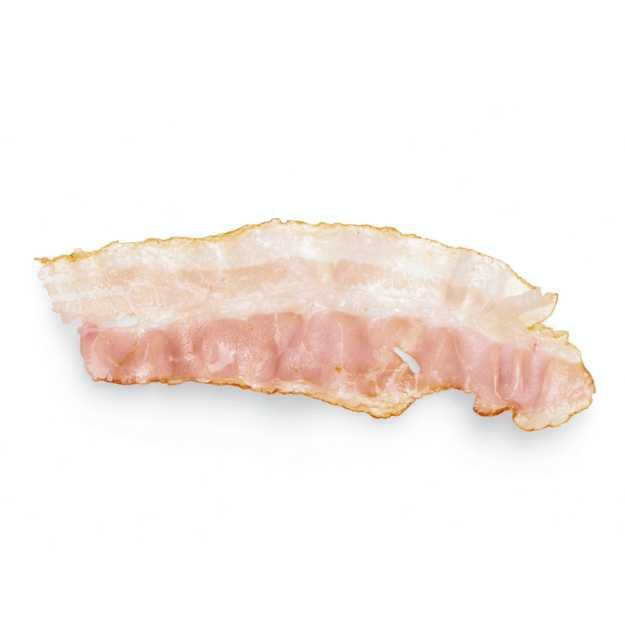
This method reduces the splatter, and the bacon will come out crispy and perfectly flat.
Lastly, make sure to have the right tools, such as a splatter screen or a lid to cover the pan.
By following these tips, you can enjoy delicious bacon without creating a mess in the process.
Storing and Reheating
Storing and reheating your cooked turkey bacon slices may seem like simple tasks, but there are important steps to take to ensure that the meat stays fresh and tasty and you keep your turkey bacon crispy.
First, it's essential to store the turkey bacon correctly.
After opening the package, transfer the bacon slices to an airtight container or resealable bag.
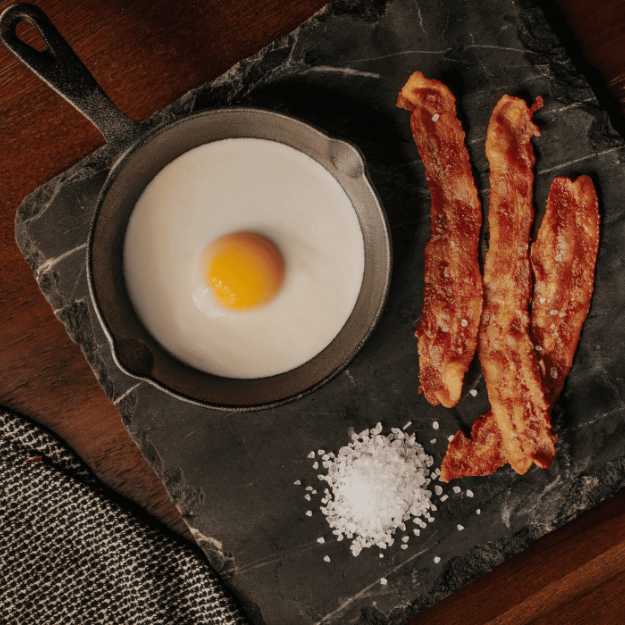
This will help prevent air exposure that can lead to spoilage. Always keep the container or bag in the fridge at a temperature between 32-40 degrees F.
To reheat the bacon, there are several methods you can use, such as baking, microwaving, or pan-frying.
No matter the approach, it's vital to check the meat's internal temperature to ensure that it's heated to at least 165 degrees F.
With these tips, you can enjoy turkey bacon anytime you desire.
Complementary Dishes and Sides for Your Turkey Bacon Feast
When it comes to a delicious and satisfying breakfast, bacon is a staple that always hits the spot.
And if you're a fan of turkey bacon, then you already know that it's a healthier (and equally delicious) alternative to traditional pork bacon.
But what about those complementary dishes and sides that can take your turkey bacon feast to the next level?
Well, there are plenty of breakfast foods out there that pair perfectly with turkey bacon.

For example, a fluffy and savory omelet filled with veggies and cheese can balance out the saltiness of the bacon, while a bowl of oatmeal or yogurt with fruit can add a touch of sweetness to your meal.
And let's not forget about the classic breakfast side dishes like home fries, toast, or even a stack of pancakes.
So, whether you're whipping up a big brunch spread or just looking for a quick and easy breakfast, these complementing dishes and sides will take your turkey bacon feast to new heights.
FAQ Section On How to Cook The Best Turkey Bacon
Many people are unclear about the different cooking methods, safety concerns, and best practices when it comes to cooking turkey bacon.
Without the right guidance or accurate information, you could be slowing down your meal prep time and compromising the quality of your food.
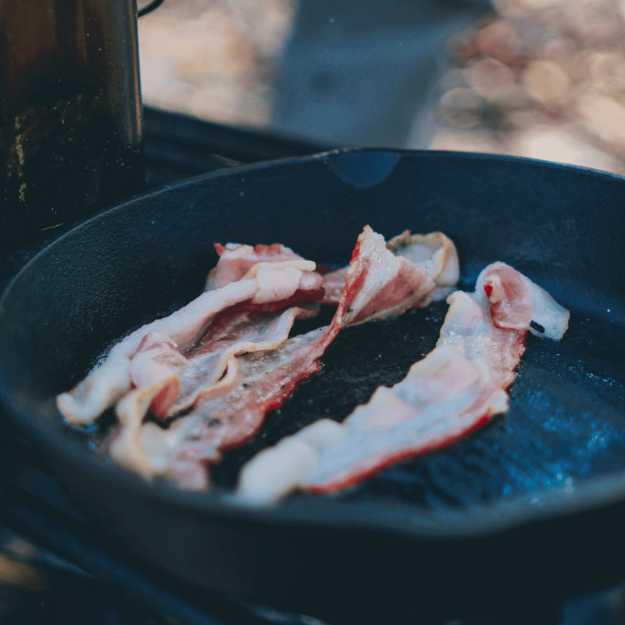
Thankfully, you don’t have to go it alone.
We’ve put together a comprehensive list of FAQs to quickly answer all of your questions about cooking turkey bacon safely and effectively.
Do you put oil in the pan when cooking turkey bacon?
Yes, you should always add oil when cooking turkey bacon. The oil helps to prevent sticking and adds flavor to the bacon.
It's best to use a neutral-tasting oil such as canola or vegetable oil.
Be sure not to add too much—just enough so that the bacon is lightly coated with a film of oil on both sides—and make sure there isn't any excess that can cause splattering during cooking.
Is turkey bacon supposed to be crispy?
Yes, turkey bacon is supposed to be crispy when cooked properly. When cooking turkey bacon.
Preheat the pan over medium-high heat before adding in your slices of turkey bacon, then reduce the heat and cook for about 8-10 minutes or until it's crisp and golden brown. Enjoy!
Is it better to cook bacon with butter or oil?
Bacon cooked in oil offers a more crisp and crunchy texture. Butter may result in a softer bacon, however, due to its high fat content it can also cause the bacon to burn easily.
Additionally, butter has a lower smoke point than oil which means it may break down and produce smoke at lower temperatures.
Ultimately, the best way to cook bacon is by using a combination of both butter and oil as this will provide you with the most flavorful dish that gives you both crispy and tender pieces of bacon.
Is bacon better in the oven or frying pan?
The choice between cooking bacon in an oven or a frying pan is completely based on personal preference.
Both methods offer different benefits; it's up to the cook to decide which works best for them.
Cooking bacon in the oven is often faster and easier, requires less supervision since you don't need to turn the slices, and results in evenly cooked strips with relatively even browning all around.
Frying bacon on the stovetop may require more supervision but provides higher heat, allowing for crispier bites that are slightly charred when desired.
At the end of the day, both oven-cooked and stove-fried bacon can be delicious if done properly – it just depends on your own preference!
Do I need to flip bacon in a pan?
Yes, flipping bacon in a pan is essential to ensure it cooks evenly. If you don't, you could end up with parts of the bacon left undercooked or burnt.
To properly flip bacon, use tongs to lift and turn each piece over after about two minutes of cooking on each side.
This will not only make sure that your bacon is cooked through and crispy all the way across, but it'll also give you a nice texture and flavor as well!
Is it better to cook bacon fast or slow?
Ultimately, it depends on the type of crispiness that you want.
For a strip of fast-cooked bacon with a soft and chewy texture, cooking it over medium heat is best.
On the other hand, for a strip of extra crunchy bacon, cook over low to medium-low heat to slowly render out the fat and achieve more even browning.
Either way, be sure to use tongs or a spatula to flip the slices as needed so they don’t burn.
How do I prevent turkey bacon from sticking to the pan while cooking?
To prevent turkey bacon from sticking to the pan while cooking, spray a non-stick cooking spray onto the pan before adding the bacon.
Be sure to coat it evenly and thoroughly.
This will keep the bacon from sticking and burning as it cooks.
Additionally, heating up your skillet on medium/low heat for 5-7 minutes prior to adding any ingredients can help reduce sticking as well.
Can I freeze turkey bacon, and how should I thaw it before cooking?
Absolutely! Turkey bacon can be frozen for months.
To thaw, simply move it from the freezer to the refrigerator overnight or place it in a sealed bag with cold water until it comes to room temperature.
Once thawed, cook as you would normally according to package instructions.
How do I know when turkey bacon is fully cooked?
Turkey bacon should be cooked until it reaches an internal temperature of 165°F.
To ensure it's fully cooked, use a meat thermometer to check the center of the turkey bacon. It should also be golden brown and slightly crisp before serving.
Can you cook turkey bacon in the microwave?
Yes, you can cook turkey bacon in the microwave, but it won't attain the same flavor or texture as you would get from oven-baked or pan-fried versions.
To microwave, place the turkey bacon on a plate lined with paper towels and cook until crispy.
A Guide On How To Cook Turkey Bacon
There you have it, a detailed guide to perfectly cooked turkey bacon.
After exploring this article, why not take a look at some of our other related articles?
We are always posting new content to keep readers informed.

And if you find this blog post useful - don't forget to subscribe!
Cooking Turkey bacon tastes great so it's worth giving a try using all of these pointers as your guide. Enjoy!

